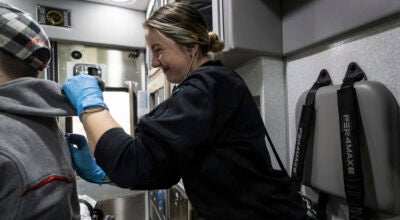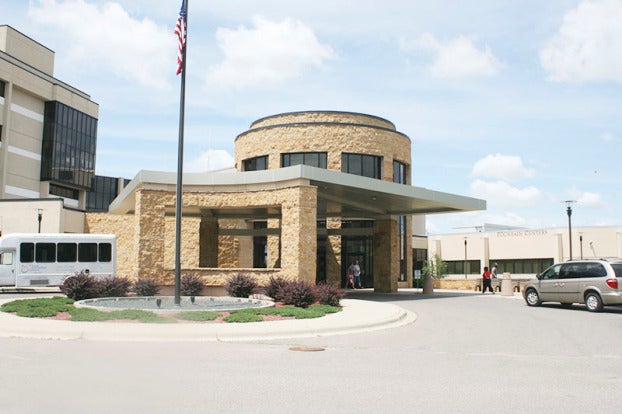House GOP calls for lifting business restrictions by May 1
Published 3:45 pm Monday, February 8, 2021
|
Getting your Trinity Audio player ready...
|
MINNEAPOLIS — Minnesota House Republicans laid out a roadmap Monday for lifting the state’s coronavirus restrictions on businesses with a goal of letting them return to full operations by May 1.
Rep. Dave Baker, of Willmar, said businesses such as restaurants, hotels, event centers and gyms need to be able to make reopening plans with some certainty as their busy season approaches. He said the downward trends in COVID-19 cases and other key metrics, plus rising vaccination rates, mean businesses can operate safely with the proper precautions in place.
“We don’t know exactly what the future will look like, but we have to get Minnesota business back open,” Baker said at a news conference.
The plan is the latest of what so far have been unsuccessful GOP efforts to roll back the emergency orders that Democratic Gov. Tim Walz has imposed to respond to the pandemic. It calls for phased increases in the capacity limits for bars, restaurants, gyms and other venues, with the lifting of all restrictions by May 1. If the virus surges again, the governor and legislative leaders would have to agree on reimposing the business restrictions.
Liz Rammer, president and CEO of of the trade group Hospitality Minnesota, said no sector has been more devastated than the state’s hospitality industry, which has lost 116,000 jobs. Minnesota needs to signal to the events and tourism markets that it’s open for business so that it doesn’t lose out to states that have been faster to reopen, she said.
Walz’s office did not immediately respond to a request for comment. Walz has gradually allowed bars, restaurants and other businesses to reopen with capacity limits since last month, but restrictions on hours and seating remain in place for many establishments. The roadmap offered Monday represents the latest instance of Republican pushback against the governor’s pandemic orders.
“When do we change this from a monologue out of the governor’s office to a dialogue with the people that this impacts?” asked Republican Rep. Barb Haley, of Red Wing.
Ken Jarka, president of the Greater Minneapolis Hotel Association and general manager of the Hilton Minneapolis, the largest hotel in Minnesota, said the governor’s restrictions have crippled his operation. The hotel is running on 28 to 30 employees after laying off 500, he said.
“We have groups canceling as far out as October and November of this year and taking their business elsewhere because other states have loosened their restrictions and they have the next phase planned, where the state of Minnesota does not,” Jarka said.
Baker said he’s ready to compromise on the details. He said he knows the bill won’t go anywhere without at least some support from the House Democratic majority. He said he had not spoken with anyone in the governor’s office about the bill to gauge whether Walz might be open to it. Republican Sen. Jeff Howe, of Rockville, plans to sponsor it in the GOP-controlled Senate.
House Democrats, including Majority Leader Ryan Winkler, of Golden Valley, held a news conference to highlight a separate bill that would require hospitality and airport employers to put laid-off workers at the front of the line for rehiring, based on qualifications and seniority. The state would enforce reinstatement rights.
Those layoffs have disproportionately affected people of color and women, said Democratic Rep. Andrew Carlson, of Bloomington.
“Ensuring the rights of these workers to return to the jobs they held pre-pandemic is a critical issue for racial justice as our economy recovers from COVID-19,” Carlson said.
The Minnesota Department of Health on Monday reported three new COVID-19 deaths and 564 new confirmed cases, as those rates continued to decline. That pushed the state’s pandemic totals to 468,682 cases and 6,302 deaths.
The department also said 556,482 people in Minnesota had received at least one vaccine dose, which amounts to about 10% of the state’s population, including 158,763 who had their second shots, too, or about 3%.




